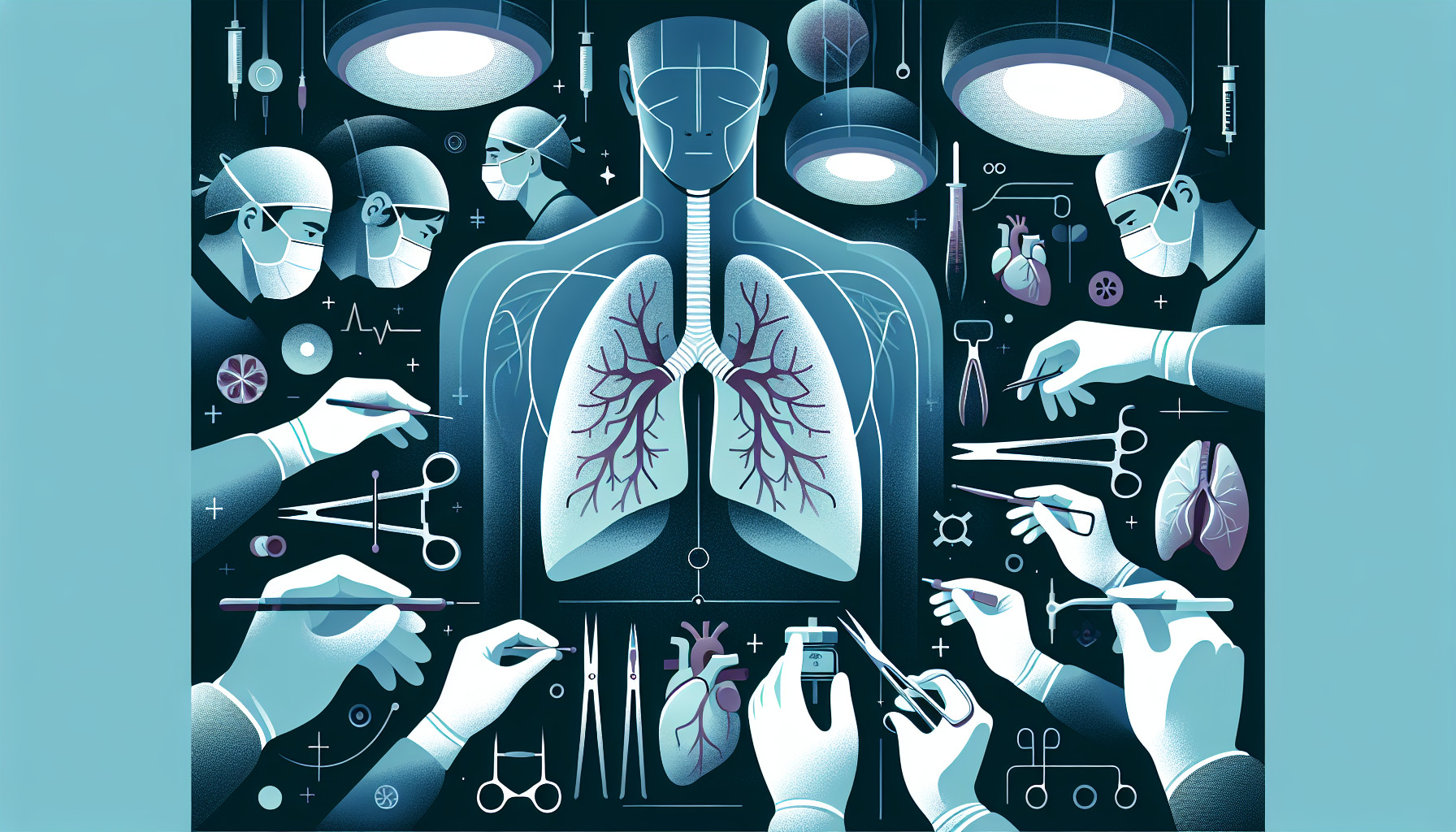Our Summary
This research paper discusses a bacterium called Cupravidus paculus. This bacterium is quite rare but can cause severe infections, especially in patients with a weakened immune system. It can be found just about anywhere, from natural environments to hospitals.
The paper presents the first known case of a person getting a C. paculus infection after having a lung transplant. The patient needed to be on antibiotics for a long time before the infection was completely gone.
This paper also reviews what we currently know about C. paculus, including information from other documented cases of people getting infected. It underscores the need to keep medical devices clean to prevent this bacterium from spreading. The paper also emphasizes the importance of knowing which antibiotics can effectively treat the infection.
FAQs
- What is Cupravidus paculus and who is most at risk of infection?
- What is the significance of the first documented case of C. paculus infection in a lung transplant recipient?
- Why is the adherence to disinfection protocols for medical devices important in the prevention of C. paculus infections?
Doctor’s Tip
A doctor might tell a patient receiving a lung transplant to be vigilant about monitoring for any signs of infection, such as fever, cough, or difficulty breathing, and to seek medical attention promptly if any symptoms develop. It is also important to follow strict hygiene practices and avoid exposure to potential sources of infection to reduce the risk of complications following the transplant. Regular follow-up appointments with healthcare providers and adherence to prescribed medications are essential for optimal recovery and long-term success of the transplant.
Suitable For
Patients who are typically recommended for lung transplant are those with end-stage lung disease that cannot be effectively treated with other medical or surgical interventions. This includes patients with conditions such as cystic fibrosis, chronic obstructive pulmonary disease (COPD), pulmonary fibrosis, and pulmonary hypertension. Additionally, patients with severe lung infections, such as those caused by bacteria like Cupravidus paculus, may also be considered for lung transplant if other treatments are ineffective.
In the case of a lung transplant recipient with a C. paculus infection, prolonged antibiotic therapy was necessary to completely clear the infection. This highlights the importance of careful monitoring and management of infections in transplant patients, as they are at increased risk for complications due to their immunocompromised state. It also underscores the need for appropriate disinfection protocols for medical devices to prevent infections from occurring in the first place.
Overall, patients recommended for lung transplant are those who have exhausted all other treatment options and have a high likelihood of benefitting from the procedure. Careful consideration of the risks and benefits, as well as close monitoring and management of infections, are essential in ensuring successful outcomes for these patients.
Timeline
Before lung transplant:
- Patient is diagnosed with end-stage lung disease and deemed a candidate for lung transplant
- Patient undergoes extensive evaluation and testing to determine eligibility for transplant
- Patient is placed on the transplant waiting list and waits for a suitable donor
- Patient may experience worsening symptoms and decline in health while waiting for a transplant
After lung transplant:
- Patient undergoes surgery to receive the new lung(s)
- Patient is closely monitored in the intensive care unit post-transplant
- Patient may experience complications such as organ rejection, infection, or other medical issues
- Patient undergoes rehabilitation and recovery process to regain strength and lung function
- Patient requires long-term follow-up care and medication to prevent rejection and manage any complications
Overall, the timeline for a patient before and after lung transplant can vary depending on individual circumstances and medical factors. It is important for patients to work closely with their healthcare team to ensure a successful transplant and optimal recovery.
What to Ask Your Doctor
- What is the likelihood of developing an infection like Cupravidus paculus after a lung transplant?
- How can I reduce my risk of contracting infections like Cupravidus paculus post-transplant?
- What symptoms should I watch out for that may indicate an infection, and when should I seek medical attention?
- How is Cupravidus paculus typically diagnosed, and what tests may be necessary to confirm an infection?
- What is the recommended treatment for a Cupravidus paculus infection, and how long can I expect to be on antibiotics?
- Are there any potential complications or long-term effects associated with a Cupravidus paculus infection?
- Should I be concerned about the potential for recurrence of a Cupravidus paculus infection in the future?
- Are there any specific precautions or lifestyle changes I should consider to prevent future infections post-transplant?
- Are there any specific guidelines or recommendations for disinfection protocols for medical devices or environments to reduce the risk of Cupravidus paculus infections?
- How often should I follow up with my healthcare team post-transplant to monitor for any signs of infection or complications?
Reference
Authors: Shah A, Elgharably H, Mehta A, Lum J. Journal: Transplant Proc. 2023 Oct;55(8):1984-1987. doi: 10.1016/j.transproceed.2023.05.027. Epub 2023 Jul 28. PMID: 37517882
